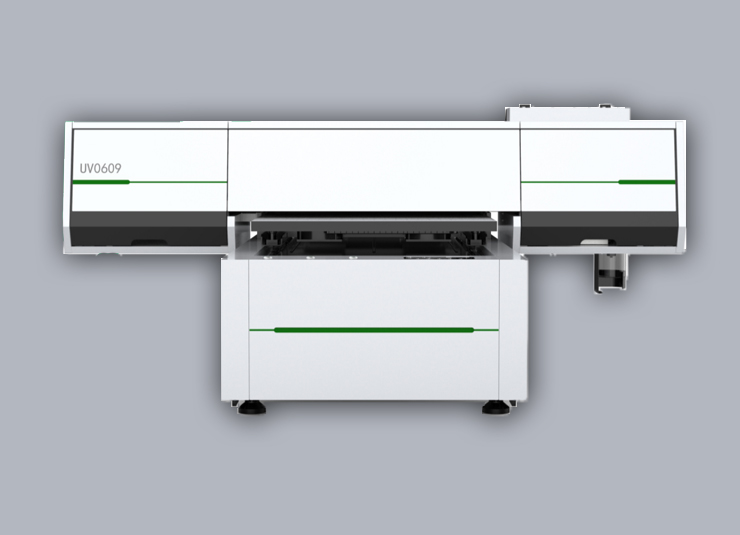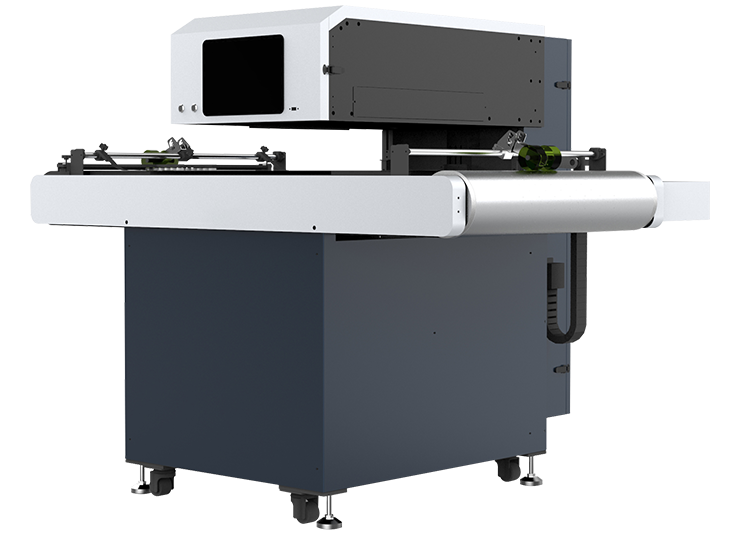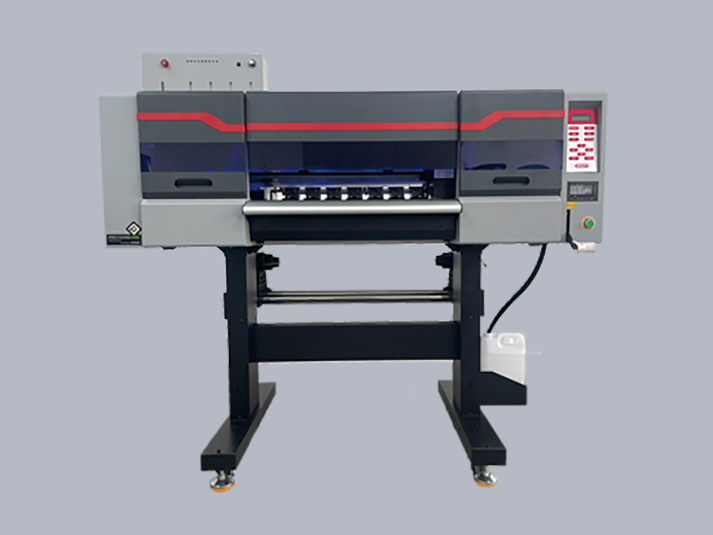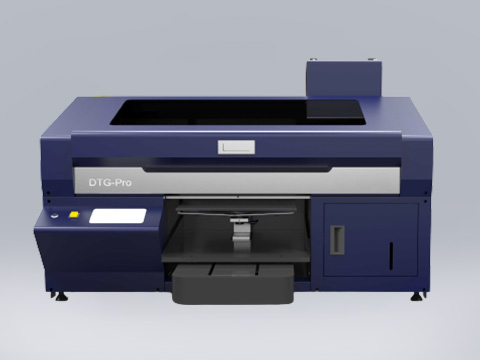DTF Printing Working process

The DTF process is as its name suggests – Print on a film and directly transfer onto fabric. The most prominent factor that makes this process worthy of use across a larger number of people is the freedom to choose almost any fabric. Be it polyester, cotton, silk or synthetic fibres like rayon or terrycot, the DTF printing process will definitely work its magic on them.
Pre-requisites for DTF Printing –
The requirements for DTF printing do not demand a heavy investment from the user. Be it someone who is currently engaged in one of the digital textile printing process mentioned above and wants to shift to DTF printing as an extension of the business, or someone wanting to venture into digital textile printing starting with DTF, one has to invest in the following –
-
Direct to Film Printer – Hstar has a variety of DTF printers in different configurations for you to choose,Our DTF printers have been rigorously tested to meet your high-volume production requirements
-
Films – PET films are used in DTF printing process. These films are different than those used in screen printing. These have a thickness of around 0.75mm and better transfer characteristics. In the language of the market, these are often referred to as DTF Transfer Films. DTF films are available in the form of Cut Sheets (can be used for a small scale use) and Rolls (used with a commercial setup). Another classification of the PET films is based on the type of peeling that is done after the transfer. Based on the temperature, the films are either hot peel type films or cold peel type films
-
Software – The software is an important part of the process. The print characteristics, color performance of the inks and the final print performance on the fabric after transfer are greatly influenced by the Software. For DTF, one would require a specialized RIP software that can handle CMYK and White Colors. The color profiling, ink levels, drop sizes and other factors contributing to an optimized print result are all governed by the DTF Printing software.
-
Hot-melt adhesive Powder – The DTF printing powder is white in color and acts as an adhesive material that binds the colored pigments in the print to the fibres in the fabric. There are different grades of the DTF hot melt powder that are specified in microns. An appropriate grade should be selected based on requirements.
-
DTF Printing Inks – These are specially designed pigment inks available in Cyan, Magenta, Yellow, Black and White colors. The White Ink is a special component lays out the white foundation of the print on the film and onto which the colored design is printed.
-
Automatic Powder Shaker – The Automatic Powder Shaker is used in commercial DTF setups to apply the powder evenly and also to remove the excess powder.
-
Curing Oven – The curing oven is basically a small industrial oven that is used to melt the hot melt powder that is applied over the transfer film.
-
Heat Press Machine – The heat press machine is used mainly for transferring the image printed on the film on to the fabric. It can also be used to heat the hot melt powder on the DTF film. The method of doing this in stated in the process detailed below.
Direct to Film Printing (Basic Steps) –
Step 1 – Print on Film
Instead of regular paper, insert the PET film in the printer trays. First print the entire image in white on the PET film. After this, using the appropriate color settings the in printer, print the required image on the white image layer. The important point to remember is that the print on the film must be a mirror-image of the actual image that needs to appear on the fabric.
Step 2 – Powdering
This step is the application of hot-melt powder on the film that has the printed image on it. The powder is applied uniformly when the print is wet and the excess powder needs to be removed carefully. The important thing is to ensure that the powder is evenly spread all over the printed surface on the film. One very common way to ensure this is to hold the film at its short edges such that its long edges are parallel to floor (landscape orientation) and pour the powder in the middle of the film from top to bottom such that it forms an approximately 1 inch thick heap in the centre from the top to the bottom. Pick up the film together with the powder and slightly bend it inwards such that it forms a slight U with the concave surface facing oneself. Now rock this film from left to right very lightly such that the powder will slowly and evenly spread all across the surface of the film. Alternately, one can use automated shakers available for commercial setups.
Step 3 – Melting the powder
As in the name, the powder is melted in this step. This can be done in various ways. The most common way is to put the film with the printed image and the applied powder in the Curing Oven and heat. If the curing oven is unavailable, place the film inside the heat press and bringing the top of the press very close to the film but not touching it. There should be around 4 to 7 mm gap between the film and heat press top plate. One can use a metal wire to fasten the press top such that it does not totally close over the film and leaves a necessary gap. For best results, it is highly recommended to go by the manufacturer specification for powder melting. Depending upon the powder and equipment, the heating is generally done for 2 to 5 minutes with the temperature around 160 to 170 degree Celsius.
Step 4 – Transfer
This is the heart of the DTF printing process. The PET film with the image and the melted powder is placed on the pre-pressed fabric in the heat press for a strong adhesion between the film and the fabric. This process is also called ‘curing’. The curing is done at a temperature range of 160 to 170 degree Celsius for approximately 15 to 20secomds. The film is now firmly attached to the fabric.
Step 5 – Cold Peel
It is important that the fabric and the now attached film on it cool down to room temperature before one pulls the film off. Since the hot-melt has a nature similar to amides, as it cools down, it acts as a binder that hold the colored pigment in the inks in firm adhesion with fibres of the fabric. Once the film is cooled, it must be peeled off the fabric, leaving the required design printed in ink over the fabric.
Pros and Cons of Direct to Film Printing –
Let’s talk a little about the DTF printing pros & cons.
Pros –
-
Works with almost all types of fabrics
-
Does not require pre-treatment
-
The Fabrics thus designed exhibit good wash characteristics.
-
The fabric has very slight hand feel touch
-
The process is faster and less tedious than DTG printing
Cons –
-
The feel of the printed areas is slightly affected when compared to that of fabrics designed with Sublimation printing
-
As compared to sublimation printing, the color vibrancy is slightly low.
Overall one could say that the DTF process practically lifts all restrictions that are commonly encountered in other textile printing processes especially when it comes to choosing the fabric to print on. Since pretreatment is not essential, in many cases, the overall cost of printing is brought down hence offering a higher profit margin.
The textile printing industry is predicted to see a massive growth as more and more fabrics manufactured by DTF will come into picture. In conclusion, the DTF printing process can be thought of an effective way to produce fabrics economically.
-
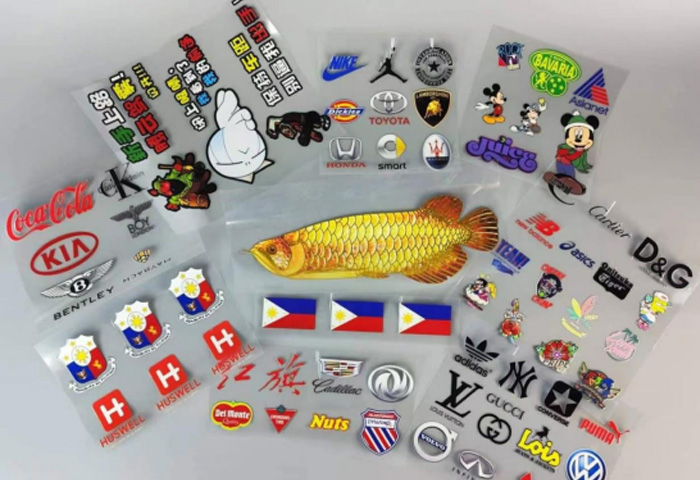 UV DTF printer for Gold silver stickersGold and silver stickers that many customers like, let's see how it is made.
UV DTF printer for Gold silver stickersGold and silver stickers that many customers like, let's see how it is made. -
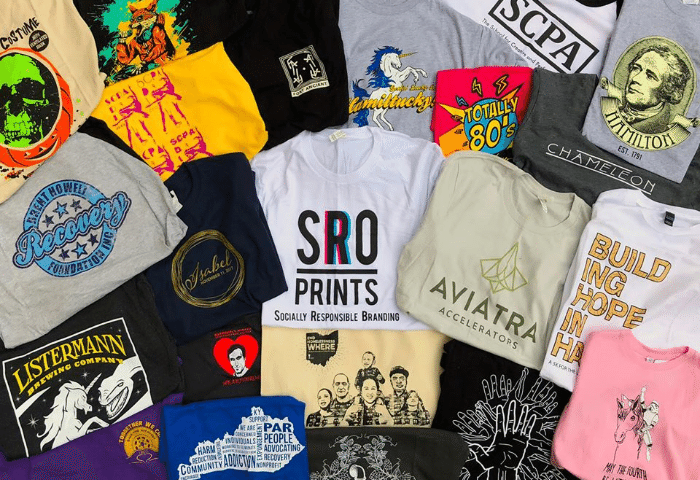 DTF Printer Effect ShowDirect to film printer(DTF printers) are T-shirt transfer printers,Hstar DTF printer offer a transfer solution especially for dark color fabric,which is a creative application process.
DTF Printer Effect ShowDirect to film printer(DTF printers) are T-shirt transfer printers,Hstar DTF printer offer a transfer solution especially for dark color fabric,which is a creative application process.
More Application

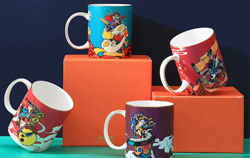
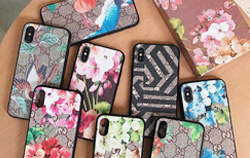

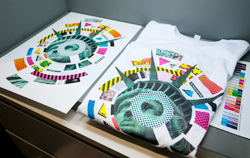
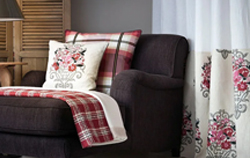
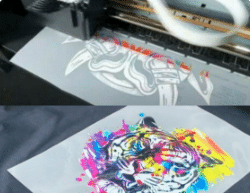
.jpg)
